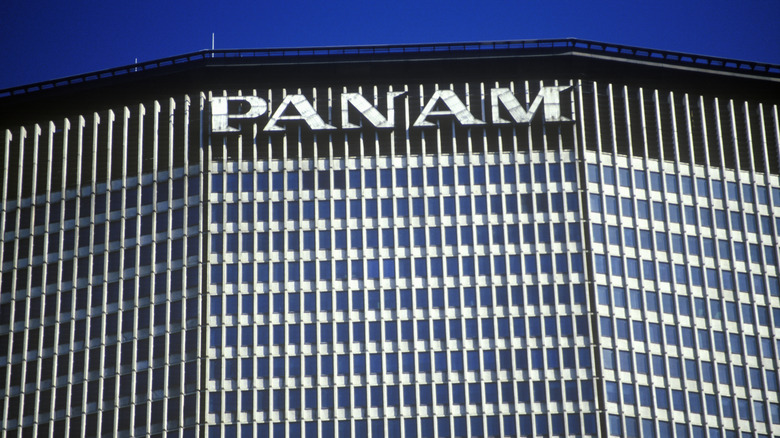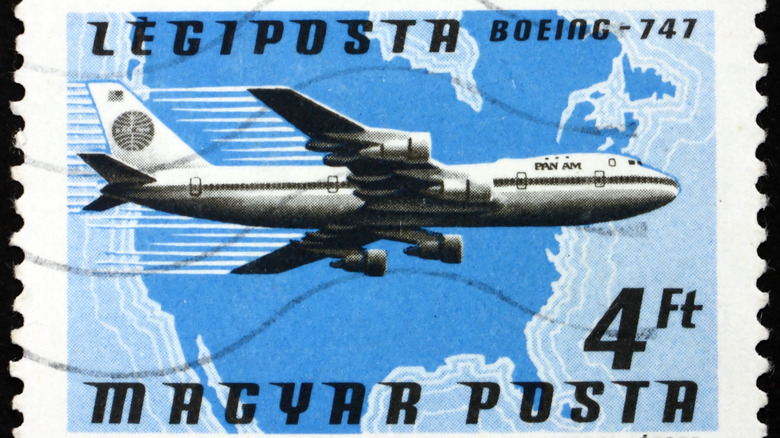The Real Reason Pan Am Airlines Went Out Of Business
From 1927 to 1991, Pan Am was one of the most recognizable airlines in the United States. The company started as a small startup with a single float-plane to its name. In just a few decades, it grew into a behemoth with all sorts of propeller and later jet-powered aircraft adorned with its logo (via Simple Flying). Pan Am was unrivaled until the 1970s, when a series of internal setbacks and new competitors began to force them into decline. The decade was characterized by a massive energy deficit, largely stemming from the 1973 and 1979 oil crises (via History.com).
These fuel shortages forced Pan Am to abandon many of its international flight routes at a time when the company had just spent billions on several new Boeing 747s. Such planes were perfect for global travel but totally impractical for air travel within a country (via Business Insider). Not that it mattered much, as Pan Am didn't have any domestic routes until 1978, which was also the same year that government deregulation led to a wave of competition (via Los Angeles Times). Unfortunately it was not just resource shortages and politics that spelled their end, but growing trends in terrorism as well.
Pan Am lasted for 64 years before ending in bankruptcy
Given Pan Am's status as the principal international airline for the United States, and the often extreme opposition to U.S. policy that could be found internationally, this made the company's assets subject to violent attack. For instance, Pan Am flights 73, 281, and 841 were among those subjected to the frequent hijackings of the 1970s and '80s. In 1988, Pan Am Flight 103 was headed from Frankfurt to New York when the aircraft exploded over Scotland.
All on the aircraft were killed after a bomb detonated from within a suitcase, a discovery that led to a backlash against Pan Am and their screening practices. Even though it still constituted a recognizable brand, Pan Am was left bankrupt and largely disgraced by 1991. While a brief revitalization effort was instituted by investor Charles Cobb to revitalize it after he bought what was left of the company (via The New York Times), it failed and Pan Am receded into history.

